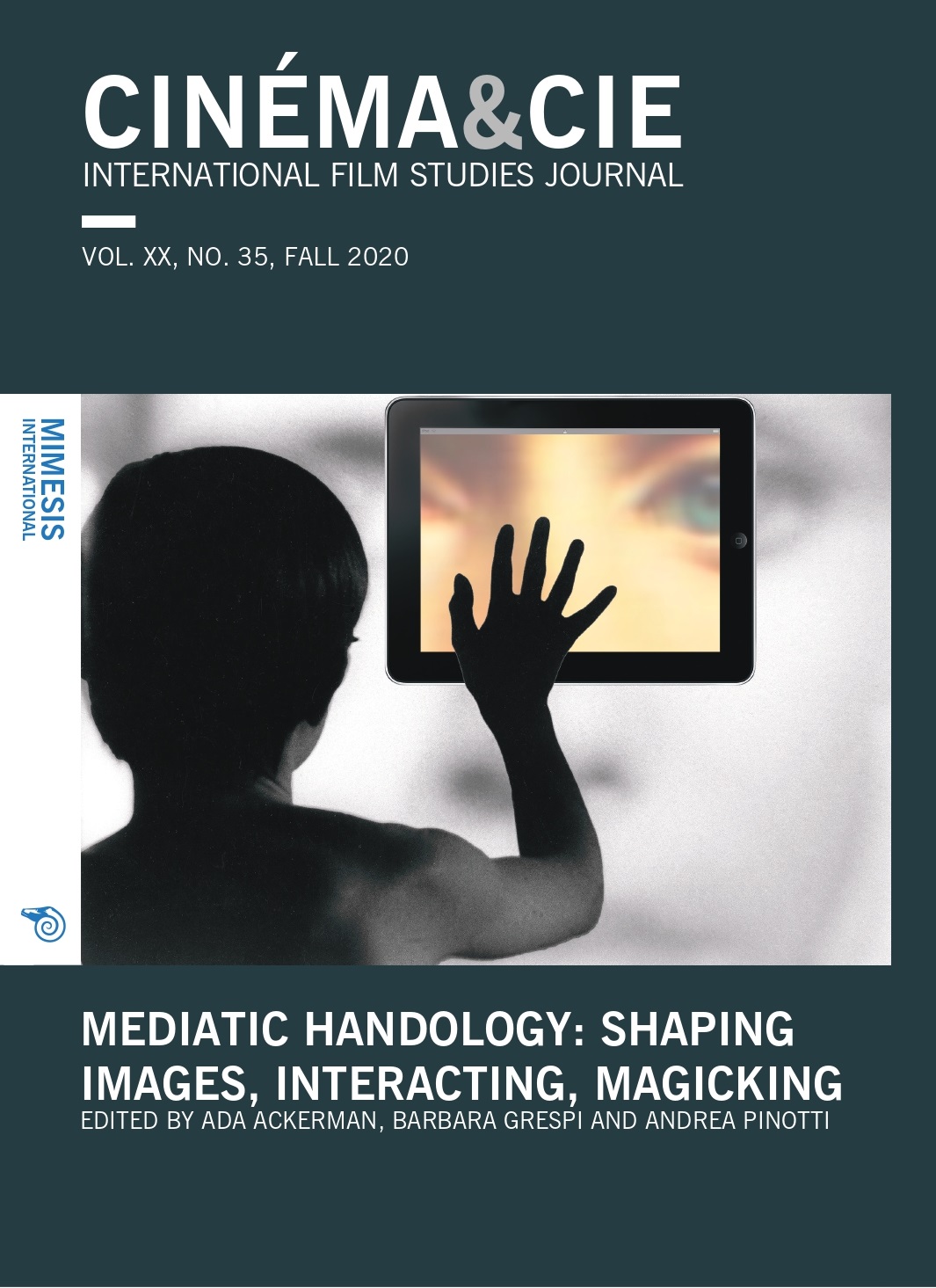Vertical Screening: Aesthetics and Formatting of Relocation
Abstract
Although the vertical format is widespread in still images such as photography and painting, it is unusual for cinema and film outside experimental explorations. For decades, the rectangle dominated the appearance of cinematography and other moving images and was conventionalized as their natural form. In recent years, however, the vertical format of moving images became very popular. Initially associated with smartphone videos, vertical videos and films have increasingly attracted attention on online platforms, inspiring projects such as Vertical Film Festival (VFF), giving the ambitious project Vertical Cinema a specific cultural context and stimulating a (self-)historization of vertical framing and screening. In digital moving image culture, the vertical format becomes successively normalized while, remaining connected to the traditional cinematographic rectangle in several conflicting ways. Drawing on Francesco Casetti and format theory, the paper suggests to discuss vertical formats as an aesthetics of relocation which involves cross-media adaptions, reciprocal transformations and plasticity of cinematic formats. With it, it shifts the focus from experience to formats as a key for the understanding the cinematic and filmic relocation and the (dis-) continuities between analogue and digital moving images. In order to examine its relationship to vertical formats, the paper explores relocation as both the formatting of image circulation and the circulation of image formats.






